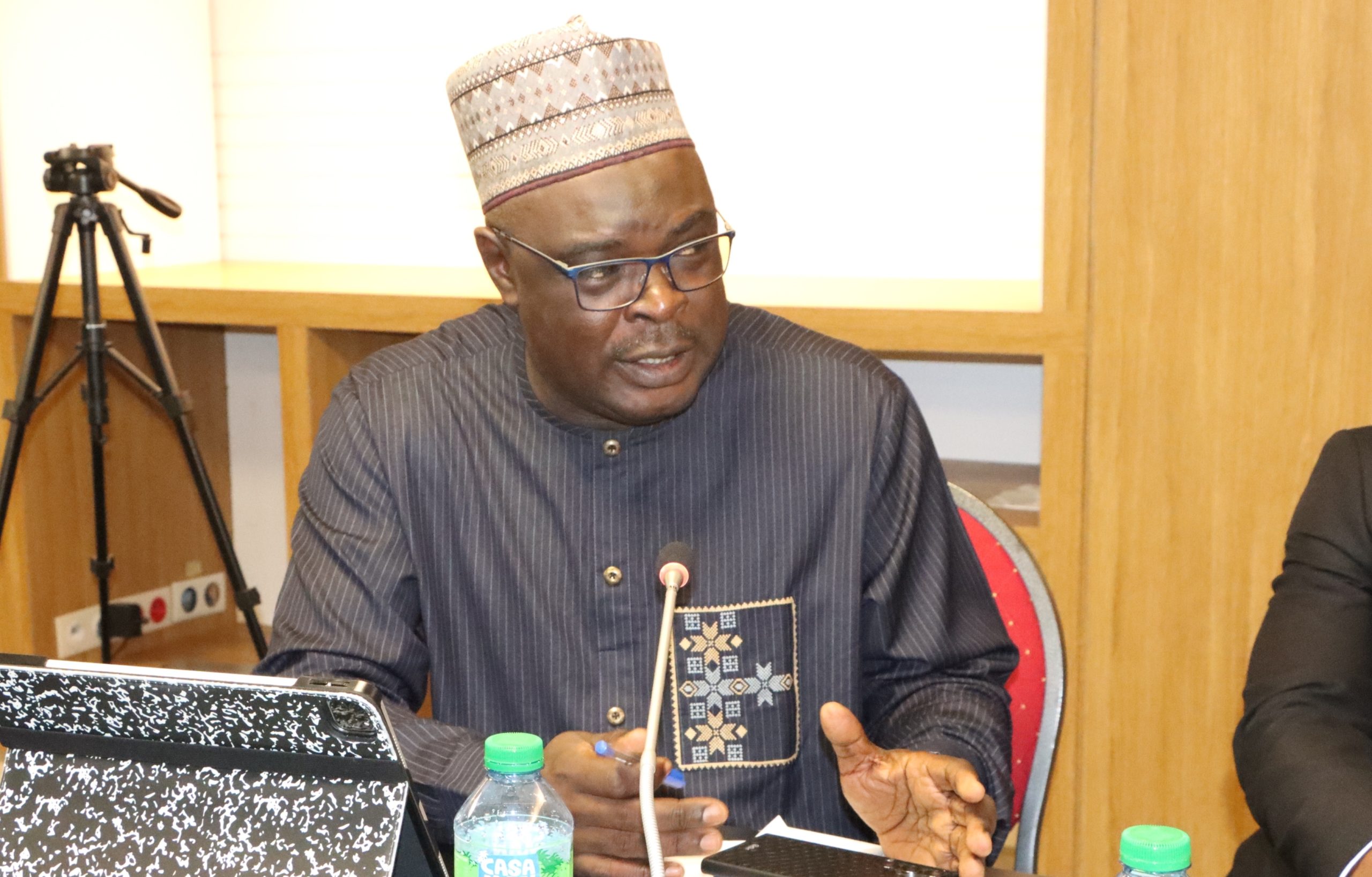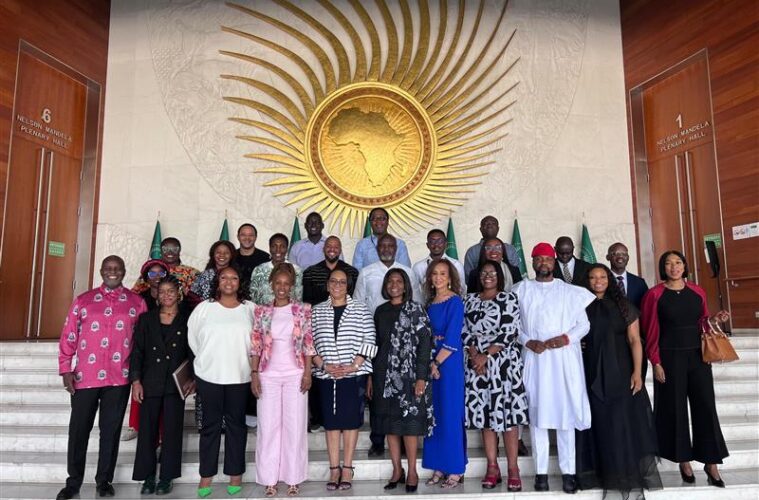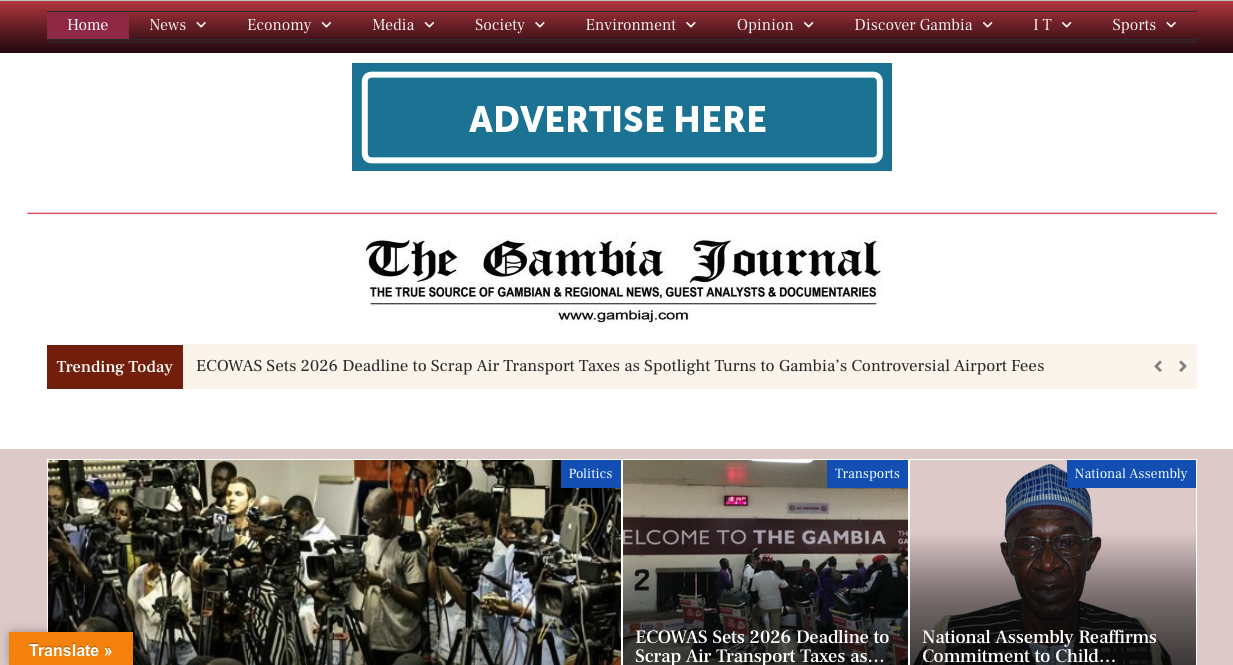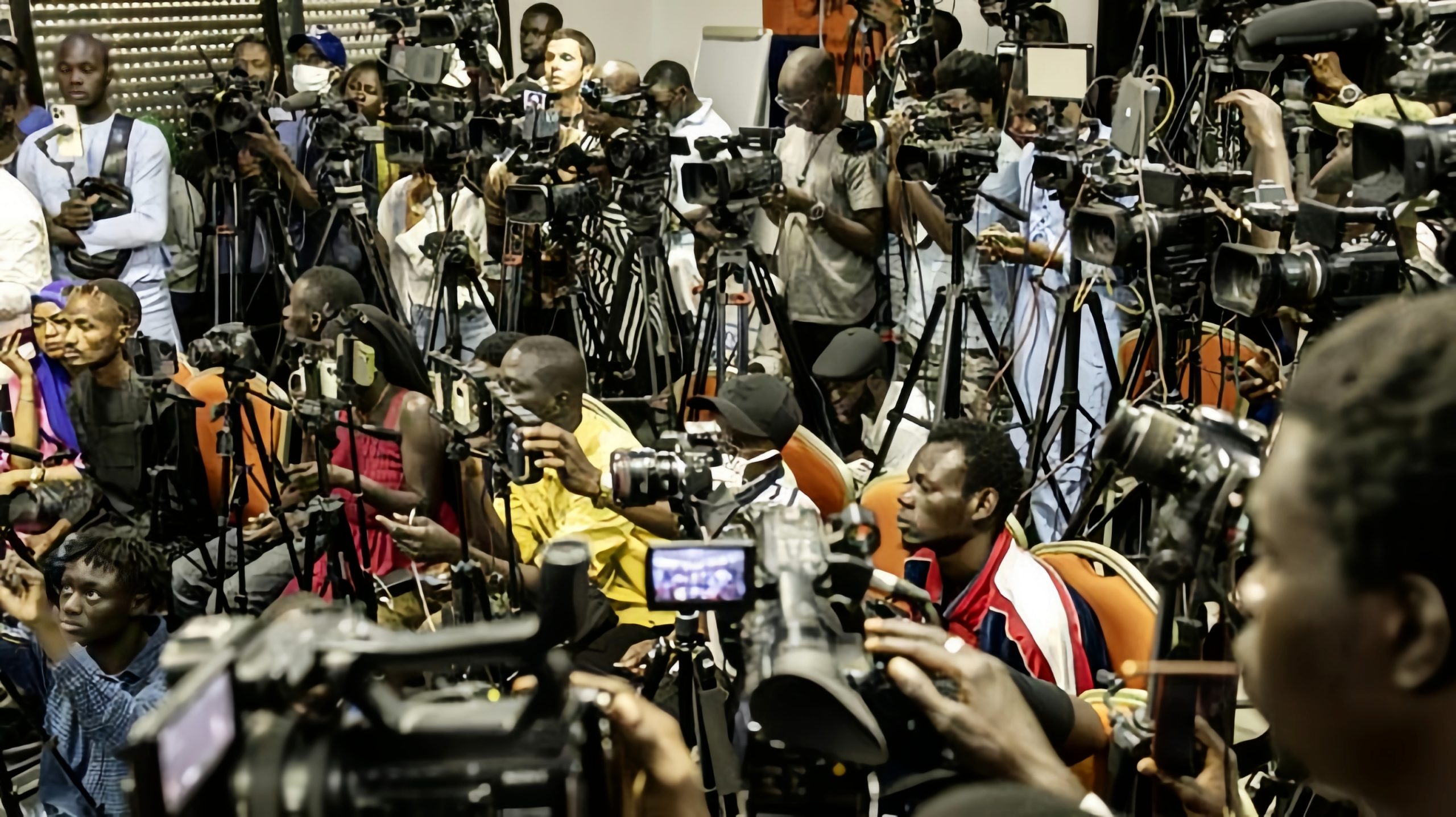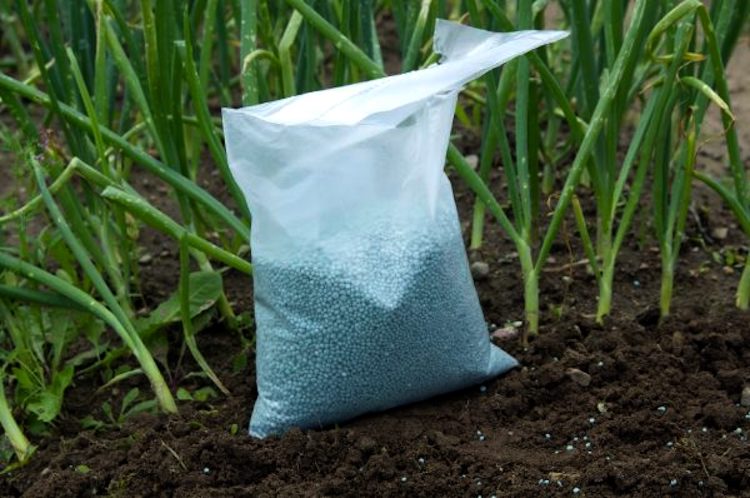Gambiaj.com – (BANJUL, The Gambia) – The Ministry of Agriculture, Livestock and Food Security has announced that the price of fertilizer for the 2025 farming season will remain at GMD 1,100 per 50kg bag, sustaining last year’s reduction from GMD 1,150. This ongoing subsidy reflects the government’s continued efforts to ease input costs for farmers and stimulate agricultural productivity.
In a press release issued on Wednesday, the ministry revealed that 28,892 metric tons of fertilizer—equivalent to 577,800 bags—are now available for nationwide distribution.
This year’s volume nearly mirrors the total stock for the 2024/2025 season, which stood at 579,000 bags (28,000 metric tons), including a late-arriving shipment of 5,000 metric tons.
To maintain the GMD 1,100 price per bag, the government is offering a substantial subsidy of GMD 1,875 per bag, underlining its commitment to supporting the rural farming economy.
While no specific figure was released this year for the overall cost of the subsidy, a similar reduction last year required an additional outlay of GMD 24 million on top of the baseline 50% subsidy.
Tightened Oversight and Border Restrictions
The ministry reiterated that transporting fertilizer across national borders remains illegal, warning that violators will face “strict penalties in accordance with the law.” This measure aims to curb smuggling and ensure that subsidized fertilizer reaches Gambian farmers only.
Further, agents indebted to the National Food Security Processing and Marketing Corporation (formerly GGC) for last year’s fertilizer sales will be barred from participating in this year’s distribution unless all arrears are settled immediately.
New agents are expected to be recruited to ensure what the ministry describes as a “timely and efficient sale of fertilizer to farmers.”
A Year of Continuity Amid Structural Challenges
The decision to keep the price of fertilizer at GMD 1,100 is likely to be welcomed by farmers facing mounting production costs. However, the unchanged price may also reflect fiscal caution amid broader economic constraints.
While the availability of over 577,000 bags represents a marginal drop from last year’s 579,000, it still ensures sufficient supply—assuming timely distribution and equitable access.
Notably, the government’s messaging has shifted from highlighting new achievements to reinforcing rules and accountability—especially the emphasis on border control and repayment of arrears by agents. This suggests a maturing approach to subsidy management and distribution efficiency.
As the country gears up for another farming season, attention will turn to how well the system delivers on these promises and whether improved input access will translate into better yields for Gambian farmers.



